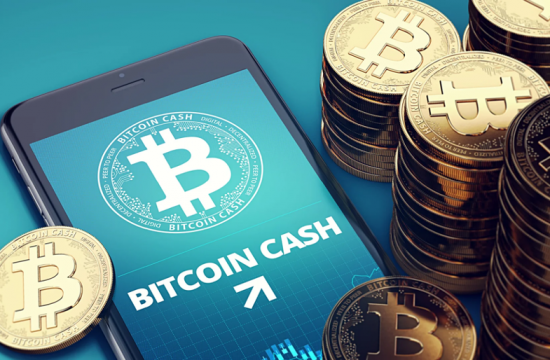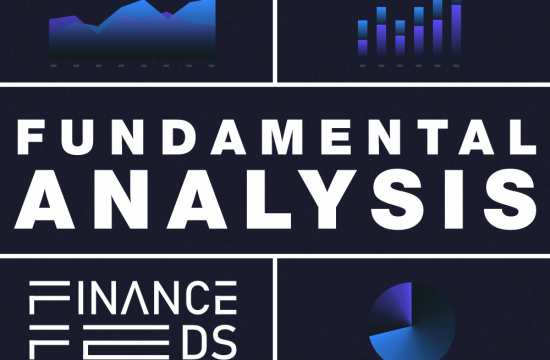 The Central Bank of the Bahamas has announced it will introduce a digital version of the Bahamian dollar, ‘Sand Dollar’, starting with a pilot phase in Exuma in December 2019, and extending in the first half of 2020 to Abaco. Most of the benefits of introducing a digital currency are still unquantifiable.
The Central Bank of the Bahamas has announced it will introduce a digital version of the Bahamian dollar, ‘Sand Dollar’, starting with a pilot phase in Exuma in December 2019, and extending in the first half of 2020 to Abaco. Most of the benefits of introducing a digital currency are still unquantifiable.
Project Sand Dollar – the name of the initiative – is a continuation of the Bahamian Payments System Modernization Initiative (PSMI), which began in the early 2000s. The proposed central bank digital currency (CBDC) will also be assigned the name “sand dollar”.
The country’s Payment System Modernization Initiative (PSMI) The Bahamian PSMI targets improved outcomes for financial inclusion and access, making the domestic payments system more efficient and non-discriminatory in access to financial services.
The project aims to address the pockets of the population who are excluded from financial development because of the remoteness of some communities outside of the cost-effective reach of physical banking services.
As customer due diligence standards for AML/CFT international tax compliance are more onerous, this has also resulted in forms of exclusion, including more recent responses to tighter “know your customer” (KYC) systems introduced to preserve international correspondent banking relationships.
Recent policy and regulatory reforms have begun to tackle these
barriers, the Central Bank wants to accelerate the payments system
reform, admitting new categories of financial services providers and
using the digital payments infrastructure to make the supply of
traditional banking services accessible to all segments of the
population.
Feedback from Exuma, show a high penetration of mobile phone usage, and a likelihood that a higher share of the population would be willing to use digital financial services including electronic payments. The public though will need more assurances around the safety of conducting online transactions. The digital currency design and public education will tackle these issues.
As adoption of a digital currency is expected to lead to a potential suppression of economic costs associated with cash usage and benefits to the Government from improved expenditure and tax administration systems, the government is keen on promoting digital payments adoption, alongside non-bank payment services providers as the initial lead intermediaries in this space. The Central Bank will simultaneously promote the development of new regulations for the digital currency, and strengthen consumer protection, especially around data protection standards. Non-banks will also be granted direct participation in the domestic payments system.












